The Rise of the Anonymous Music StarDo streaming platforms view famous artists as a threat to their brands?How do you generate more Spotify streams than Michael Jackson or Elton John? Swedish composer Johan Röhr pulled off that impressive feat in the strangest way possible. He hid behind 656 different pseudonyms. If you want to support my work, click here to upgrade to a premium subscription (for $6 per month).Röhr isn’t famous, but that hardly matters. He has generated an astonishing 15 billion streams on Spotify, and his invisibility strategy got lots of support from the platform. These pseudonymous tracks showed up on 144 official playlists with 62 million followers in aggregate. In some instances, Röhr accounts for 40% or more of a single playlist, albeit under a variety of artist names. Sometimes this unassuming musician is known as Ralph Kaler, at other times he goes by Sherry Novak or or Jospeh Turley or Miu Hayashi or some other identity. When I searched for his music on Spotify, I couldn’t find anything listed under his actual name. Röhr didn’t even have a Wikipedia entry until a few days ago—and even now it’s just two sentences. How can he write music that generates 15 billion streams—I note that the population of the entire Earth is just 8 billion people—and live in total obscurity? Röhr’s songs aren’t especially memorable. All the tracks I heard sound like background music. But that might be the surest pathway to a billion streams in the current moment. Here’s “Anytime Soon,” recorded under the name Ralph Kaler. I’m sharing the YouTube video, which has 65 plays—but the same song has generated 6.5 million streams on Spotify. 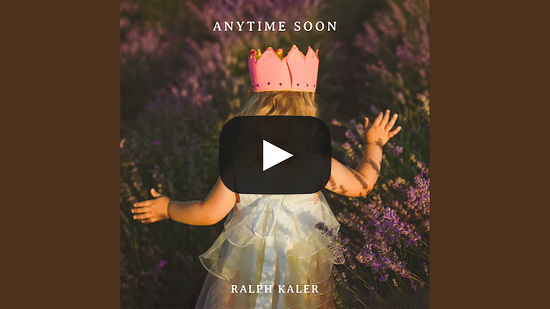 This music does not float my boat. I actually start feeling waterlogged after about twenty seconds. But these banal, anonymous tunes by unknown artists are now permeating the culture. When I search for new music on streaming apps, I keep getting steered to playlists with generic-sounding names (“Jazz for Studying,” “Classical Music for Driving,” etc.). The emphasis is on the experience, not the artist. Go check out the “Lofi Girl” channel on YouTube and get a taste of this new flavor of anonymity. Here you can watch a video of an anime girl studying while soothing chillout tracks play in the background. This is how an unknown musician attracts ten million plus subscribers in a stagnant musical culture. And the key step is…staying unknown. 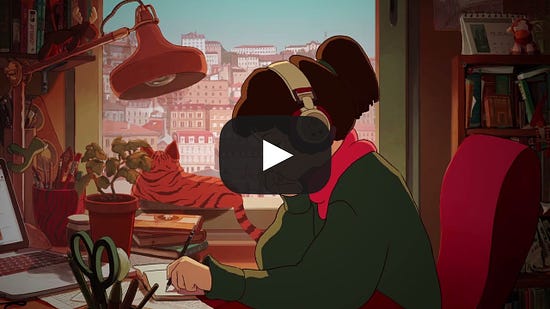 Is this sonic treacle much different from the Muzak of an earlier day? The biggest change is that Muzak was mercilessly mocked by serious fans as “elevator music.” Not anymore—bland, generic music has left the elevators behind, instead going mainstream. “You’d be surprised to see the artist who generated a million dollars on Spotify last year,” the platform bragged in its annual Music Economics Report. “Many aren’t household names and didn’t need a ‘hit’ song to have a big year.” The numbers back up that claim. More than a thousand musicians generated a million dollars in royalties from Spotify last year without having a single track reach the platform’s global top 50.
You could hardly imagine a starker contrast with the past. Sixty years ago, thousands of excited fans greeted the Beatles on their arrival in New York—at the same moment their hit single sat atop of the Billboard chart. “I Want to Hold Your Hand” went on to sell ten million copies. That’s tiny compared to Johan Röhr’s 15 billion streams—but enough to make four lads from Liverpool famous and change the direction of American popular music. Music economics have gone topsy-turvy since then. And the nature of stardom has changed as a result. Until recently, I thought The Masked Singer was just a goofy reality show concept, but I’m now convinced it’s an actual formula for success. Blessed are the hidden musicians, because they are inheriting the playlists.
One thing is certain. No musician will sell ten million records this year. In 2024, music is streamed, and rarely purchased. A musician can get rich without selling any physical recordings or paid music downloads. Billboard didn’t start counting streaming numbers in its rankings until 2007, but now these metrics drive the charts. This shift to streaming comes at a heavy price for new artists. For the first time since the medieval era, musicians can attract a large audience while staying unknown—and they don’t even need to adopt pseudonyms like Johan Röhr to make it happen. I’m increasingly encountering listeners who praise a track on the radio or a playlist—“I love that song” or “That’s one of my favorites,” a fan will declare—but if I ask for the name of the tune or the artist, they don’t have a clue. This explains why so many new artists still struggle for visibility after they release a hit. Consider the case of Thomas Hewitt-Jones, who composed a song that generated eight billion streams on TikTok. Those are massive numbers, much larger than the Beatles’ 10 million copies of “I Want to Hold Your Hand.” But this piece, aptly entitled “Funny Song,” didn’t build a reliable audience. “I have to be honest and say that in the wake of ‘Funny Song’, I wrote two more albums of the stuff—none of which have flown in the same way yet,” the composer told an interviewer. 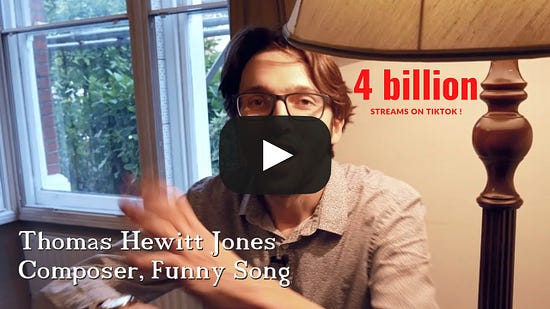 It's always tough staying at the top. But it gets a lot tougher when listeners never learned your name in the first place. In 2024, that’s a common phenomenon. Andy Warhol once promised everybody 15 minutes of fame, but on TikTok that often gets reduced to 15 seconds of attention. Then the listener scrolls on to something else. Streaming platforms have many reasons to prefer unknown musicians like Johan Röhr. In a world of anonymous tracks, superstars and record labels have little negotiating leverage with streamers—whose brand gets stronger as musicians lose visibility. In some instances, streaming platforms may even buy these tracks as works-for-hire, and thus avoid all royalty payments. It’s not just musicians who get downgraded in this scenario, but also the songs. I increasingly hear industry leaders refer to music as content—an alarming term that implies every track is generic and interchangeable. Not long ago, only Silicon Valley viewed music in this degrading way, but now even the people working in the heart of the record business adopt the same reductionist jargon. As a result, genres are increasingly task-oriented—served up as music for sleeping, or reading, or exercising, or cleaning the house. I don’t dismiss the power of songs to enhance these activities. But is this the future we want for our star talents and our music culture? For my part, I’d prefer to see thousands of screaming fans waiting at the airport for a hot new band to arrive.  The rise of AI will only accelerate this process of anonymity. Not only won’t audiences know the name of the person behind the song—there might not be any humans involved. Instead of fighting against this, many music industry leaders are excited about the potential for cost savings. Why deal with pesky flesh-and-blood musicians when the bots will work for almost free? Is AI replacement already happening? Spotify user Adam Faze recently heard the same boring 41-second song played over and over on the platform. He eventually compiled a playlist of 49 tracks, and they are almost identical. But the creepy thing is that these tunes all had different names—strange titles such as “Trumpet Bumblefig,” “Scorch Swine,” “The Proud Dewdrop Amulet”—that sound as if they came from a random word generator. Despite the uncanny similarity in the music, they were attributed to different musicians and composers. Is this just AI sludge used to pad playlists with cheap alternatives to human music? Until we get full disclosure, we can only speculate. But it’s hard to believe that these songs are boosted because of their quality. In this environment, live events are increasingly the only reliable source of energy and excitement in the music world. Few saw this coming after COVID, but the biggest names in music are now finding their greatest triumphs performing onstage, not online. Taylor Swift’s Eras Tour stands out as the most successful music initiative of the 21st century. But it’s worth noting that she had to bypass streaming-driven business models and go straight to her fans via 152 shows on five continents. That’s as old school as it gets. Face-to-face contact on a grueling tour is hard work, but it’s the most surefire way of avoiding the fate of the anonymous streaming star. Yet consider the heavy irony that, in the Age of the Internet, the best path forward for musicians seeking fame might be to connect with fans on the road instead of the digital highway. You're currently a free subscriber to The Honest Broker. For the full experience, upgrade your subscription. |
Search thousands of free JavaScript snippets that you can quickly copy and paste into your web pages. Get free JavaScript tutorials, references, code, menus, calendars, popup windows, games, and much more.
The Rise of the Anonymous Music Star
Subscribe to:
Post Comments (Atom)
Top 3 UX Design Articles of 2024 to Remember
Based on most subscriptions ͏ ͏ ͏ ͏ ͏ ͏ ͏ ͏ ͏ ͏ ͏ ͏ ͏ ͏ ͏ ͏ ...
-
code.gs // 1. Enter sheet name where data is to be written below var SHEET_NAME = "Sheet1" ; // 2. Run > setup // // 3....
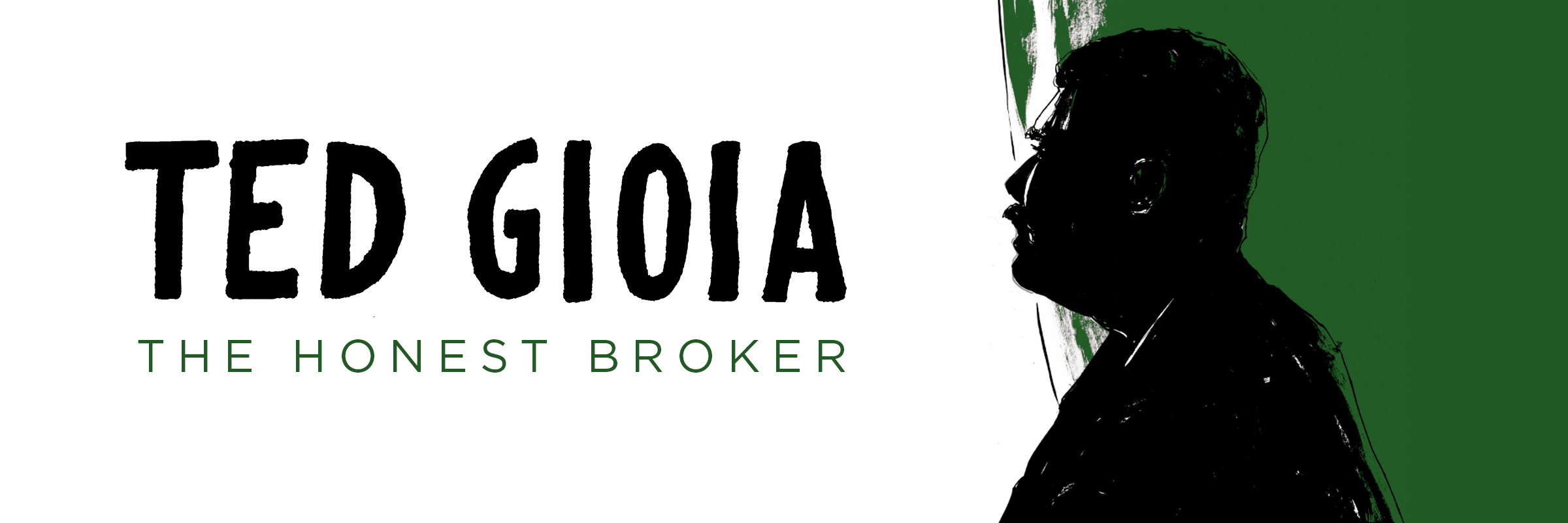
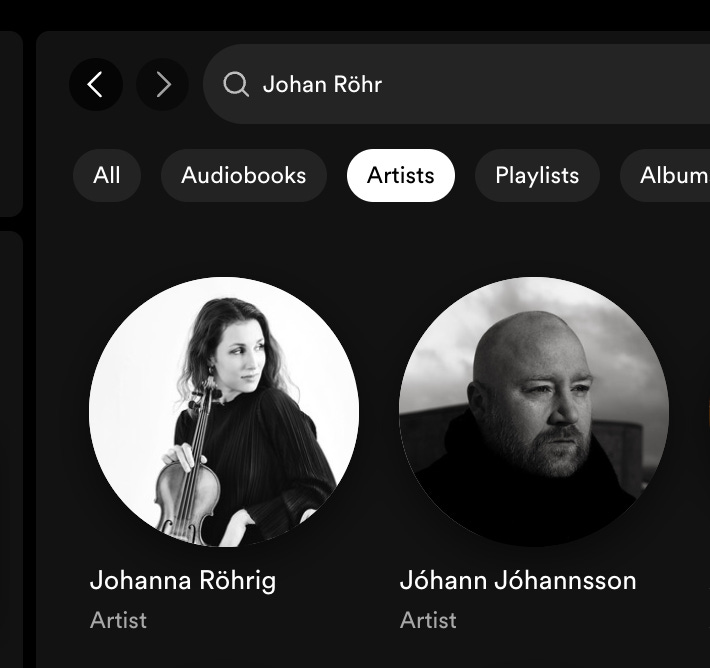

No comments:
Post a Comment